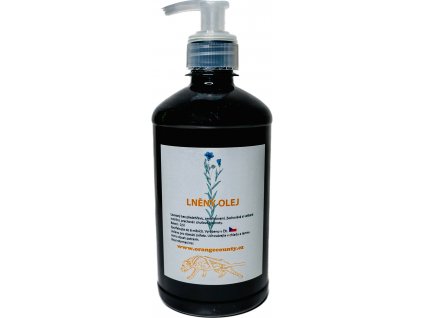- Contains: Protein - 54%, Fat - 20%, EPA - 10%, DHA - 6%, Ash - 11%, Moisture - 12%.
- Characteristics: Krill is a collective name for small marine crustaceans living in the world's oceans, mainly in the polar zone. The word krill comes from Norwegian, where it refers to the stomach contents of caught whales. However, names such as arctic krill, arctic krill and pacific krill are commonly used, referring to the mixture of small crustaceans and marine plankton from the respective areas. Our Arctic krill has a brick-red color and a distinct, specific fish aroma - it smells like "sea salt with fish".
Arctic Krill is an important source of highly digestible protein, calcium and phosphorus. However, it is most valued as a source of Omega-3 unsaturated fatty acids.
It is also a rich source of:
- Chitin - a polysaccharide contained in the cuticle (shell) of krill. It is composed of N-acetylglucosamine molecules, which are the main component of mucopolysaccharides - glycosaminoglycans, which are involved in the formation of intercellular matter in connective tissue - cartilage, ligaments, tendons, etc.
- Hydrolytic enzymes: Phospholipases - split phospholipids (lipids - fats containing phosphorus). Proteases - break down proteins (proteins). Nucleases - cleave nucleic acids (DNA and RNA) and Carbohydrases - cleave sugars.Karotenoidů - Kantaxantinu a Astaxanthinu - silná přírodní barviva a antioxidanty. Betakarotenu - provitamín vitamínu A, významný antioxidant a přírodní barvivo.
- Fat-soluble vitamins - A, D, E, K.
- Possible uses: Krill is a suitable dietary supplement for all breeds and categories of dogs and cats. In a dog's nutrition, it can play an important role in supplementing a wide range of highly digestible and otherwise difficult-to-access specific nutrients - amino acids, Omega 3 and 6 fatty acids, EPA and DHA, minerals, trace elements, vitamins and antioxidants.
Arctic krill is an ideal supplement when feeding raw food BARF - to supplement unsaturated fatty acids (Omega 3 and 6). Addition of substances to nourish the joint system, to stimulate the immune system, in case of inflammatory disease, in case of itching and loss of quality of the skin or coat. For the support of the cardiovascular system, brain functions, etc.
Usage: Dried Krill is ground into a flour form and is therefore in a loose state. It is ideal to sprinkle it on wet food - meat, cooked vegetables, rice, pasta, or on low-protein (protein below approx. 22%) moistened granules. He does not mind heat treatment either, on the contrary, the usability of beta-carotenes, which are synthesized by heat into usable vitamin A, will increase.
- Dosage: 10 g of Krill per 10 kg of dog weight per day. When feeding twice a day, divide the dose in half at each feeding.
- For very active or working dogs, for puppies of large and giant breeds, or for damaged fur and skin, the dosage can be increased by 50%. Krill is a natural raw material and cannot harm a dog even if it is ingested in large quantities. It can also be used long-term - months (high load, improvement of health status, etc.).
- Storage and consumption: Store Krill in well-closed PVC containers, in a dry and dark place, without direct sunlight on the container, at a temperature of up to about 20 °C. Consume within 10 months of purchase.
| Category: | Dietary Supplements |
|---|
Be the first who will post an article to this item!







